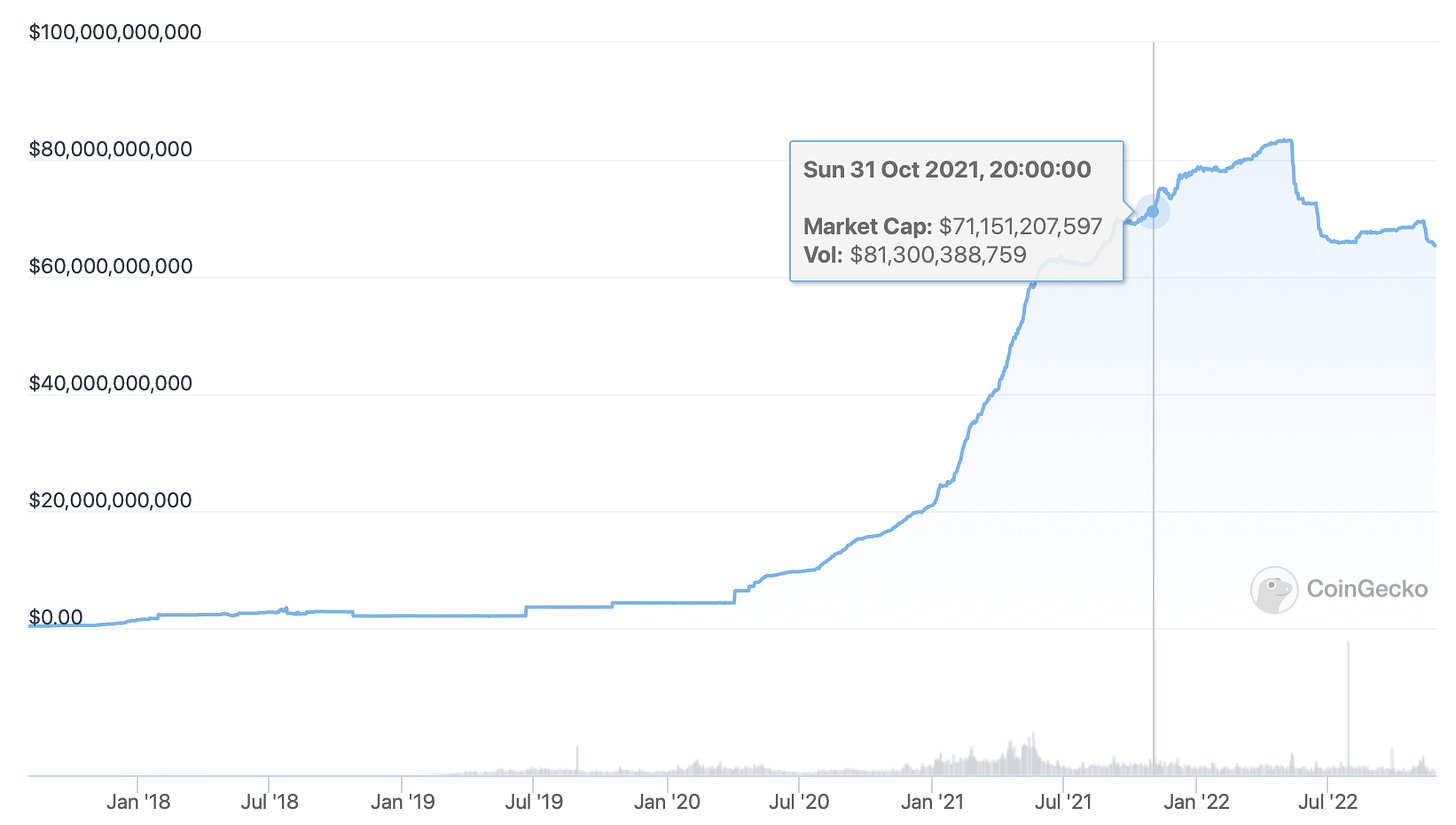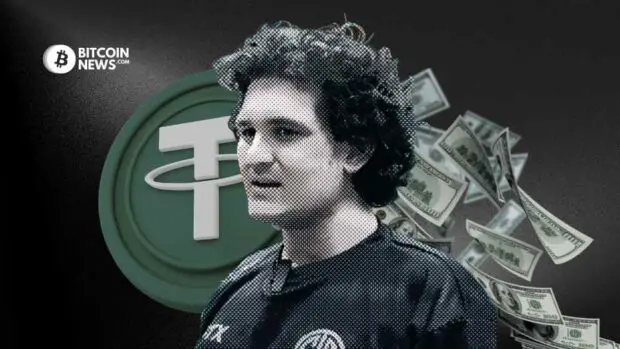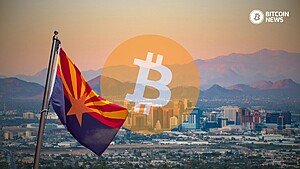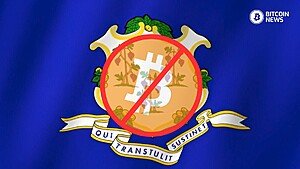This article was originally published by Dirty Bubble Media on Substack
Fraud, money laundering, and corruption on a global scale, yet regulators seem asleep at the wheel. This has happened before…
“History never repeats itself, but it does often rhyme.”
As the FTX-Alameda criminal enterprise continues to unwind, onlookers have been treated to an ever-more-shocking series of revelations.
It appears that FTX functioned as a slush fund for insiders who misappropriated billions of dollars in customer funds through unsecured loans.
FTX apparently covered trading losses on the Alameda side and made venture investments using stolen customer money. To buy legitimacy, FTX spread hundreds of millions of dollars among politicians, prominent charities, Ivy League universities, and influencers.
Meanwhile, regulators and legislators have failed to explain their abject failure to identify or intervene in this massive fraud. Despite many warning signs and people sounding the alarm for years, FTX continued to grow and insinuate itself into both the nation’s financial and political spheres.
SBF openly described his business model as a Ponzi scheme, yet found open doors when he came calling to Washington, DC. Legislators who received donations from FTX actively intervened to prevent the SEC from investigating FTX, and SBF was allowed to help craft cryptocurrency regulations that are still under consideration in Congress.
While the scope of the FTX saga may seem unprecedented, it turns out that this has happened before. Thirty years ago, the collapse of a major international bank exposed a rat’s nest of fraud, money laundering, terrorism, and corruption. The firm cloaked itself through its philanthropy, making donations to prominent figures and charities. The firm’s allies included a former U.S. Secretary of Defense and former U.S. President Jimmy Carter, among other prominent figures across the world. The bank’s name was BCCI, and the similarities between this forgotten scandal and the FTX saga are stunning.
The Bank of Crooks and Criminals
The Bank of Credit and Commerce International (BCCI) was founded in 1972 by a Pakistani banker named Agha Hasan Abedi. BCCI was initially backed by investments from the Bank of America and the ruler of Abu Dhabi. In his career prior to founding BCCI, Abedi had cultivated close ties with a number of wealthy Arab magnates and political figures, and these individuals would continue to play a critical role in the course of the bank’s development.
BCCI grew rapidly. By 1980, it had over $4 billion in deposits and was doing business in over two dozen countries. Despite increasing concerns in the United States about the bank’s legitimacy, in 1982 BCCI managed to secretly take over a Washington, DC bank called Financial General Bankshares by funding a group of straw buyers. To provide further cover, the bank holding company named Clark Clifford, a former U.S. Secretary of Defense and well-connected political figure, as its chairman.
On the surface, BCCI appeared to be a legitimate bank offering services to many countries where few others were willing to do business. Behind the scenes, however, was one of the largest criminal conspiracies in the history of finance. From the earliest days of its existence, BCCI used customer deposits to finance its growth and expenses. BCCI covered massive trading losses using customer money, and made billions in unsecured loans to insiders.
BCCI also operated as a money launderer extraordinaire for all comers. Its client list reads like a who’s who of infamy: Saddam Hussein, Manuel Noriega, the Marcos family, the Medellin cartel, and many other terrorists, criminals, and corrupt political figures.
Perhaps the most fascinating, and controversial, aspects of BCCI’s business was its relationship with U.S. intelligence agencies. According to extensive reporting by Time magazine and others, the bank was used by the CIA and other intelligence agencies to launder funds, finance illegal arms deals, and finance operations throughout the world:
The Iran-contra affair may be only part of a broader and previously undisclosed pattern of illegal activities by intelligence agencies… Sources close to the unfolding investigation of the Bank of Credit & Commerce International told TIME that U.S. intelligence agencies, including the CIA, maintained secret accounts with the globe-girdling financial empire, which has been accused of laundering billions of dollars in drug money, financing illegal arms deals and engaging in other crimes.
Of particular significance was the bank’s involvement in the Iran-contra affair, a major scandal during the Reagan administration that involved illegally selling arms to Iran to finance right-wing guerrillas in Nicaragua. Adnan Khashoggi, a Saudi billionaire arms dealer with extensive ties to the CIA, used BCCI loans to finance the arms purchases. This isn’t a conspiracy theory; the link between Khashoggi, BCCI and Iran-contra was confirmed by the Senate report on the BCCI scandal:
Both Saudi businessman Adnan Khashoggi and Iranian arms merchant Manucher Ghorbanifar were central agents of the United States in selling arms to Iran in the Iran/Contra affair… Khashoggi acted as the middleman for five Iranian arms deals for the United States, financing a number of them through BCCI….
After the bank’s collapse in 1991, it emerged that other bankers, law enforcement and intelligence agencies had known about BCCI’s involvement in criminal activity for years. How did BCCI manage to evade detection for so long?
First, BCCI used a convoluted corporate structure that ensured only a small group at the top had complete knowledge of the bank’s activities. BCCI operated as a “bank within a bank:” the outer entities provided seemingly legitimate bank services, while the inner structure committed theft and money laundering. At the same time, BCCI was able to establish some legitimacy by somehow convincing major auditors like Ernst & Young and PwC to sign off on their incredibly questionable financial statements.
Second, BCCI used charity to purchase legitimacy. In England, BCCI funded charitable programs in Africa associated with Cambridge University and endowed a research fund chaired by a senior policy advisor to British Prime Minister Margaret Thatcher. BCCI made sure to contribute to well-connected and prominent charitable outlets with political connections. In 1982, for example, BCCI donated $100,000 to the Third World Foundation’s Peace Prize. The prize was awarded to then Tanzanian president Julius Nyerere, and the person who gave the prize away was former Indian Prime Minister Indira Gandhi.
The bank’s founder Abedi even became close friends with former president Jimmy Carter under the guise of charity. Abedi made millions of dollars in donations to Carter’s various philanthropic ventures and let Carter use BCCI’s custom Boeing 727 to travel the globe. Carter, whose moral reputation is perhaps the best of any president in recent memory, returned the favor by frequently appearing in public with Abedi. Carter treated Abedi as a close personal friend, intervening to help Abedi during a health crisis and coming to visit him in the hospital.
Through these methods and, perhaps, more underhanded means, BCCI had built substantial political clout in the U.S., U.K., and many other countries. As a consequence, investigations by Customs officials and others were stymied by interventions by powerful individuals. Intelligence agencies with an interest in the bank’s survival may have intervened in investigations to limit their scope and success. Politicians also protected BCCI. As late as 1990, not long before the full extent of the firm’s criminal activities was revealed, prominent senator Orrin Hatch took to the floor of the Senate to defend the bank’s reputation.
BCCI eventually collapsed under the combined weight of insolvency and belated regulatory action. While many of its former executives saw prison time, most of the stolen funds were not recovered, and many journalists and others involved in the scandal assert that much of the bank’s illegal activities went unrevealed and unprosecuted.
So to review: BCCI was a criminal enterprise that bought the appearance of legitimacy through donations and political contributions. BCCI used a convoluted corporate structure to obfuscate its activities. BCCI also managed to covertly take over a U.S.-based and -regulated bank and use it for money laundering. BCCI stole customer funds to hide losses, cover expenses, and give to insiders. BCCI was involved in massive money laundering and some of the biggest scandals of the time.
Sound familiar?
FTX is only one piece of the puzzle: Meet Tether and Deltec Bank
The New York Times recently reported that in March of 2022 FTX made an investment of $11 million in the holding company that owns Farmington Bank, a tiny rural bank in Washington state. At the time, the bank had a net worth of only $5 million. The bank’s chief digital officer Janvier Chalopin subsequently stated that this investment was for a 10% stake in the bank, conferring a valuation of $115 million to Farmington. This is what Farmington Bank looks like:

Shortly before FTX’s investment, the bank was renamed “Moonstone” as a reference to the company’s new target clientele. As explained to Protos by Janvier Chalopin:
Playing on ‘to the moon’ and ‘stone’ for our target industries of digital assets and hemp/cannabis related business.
After FTX’s investment, the bank experienced a sudden period of rapid growth. In the third quarter of 2022, the bank’s deposits shot up from $10 million to $80 million, almost entirely from the contributions of four still-unidentified entities.
The chairman of Farmington Bank’s holding company is Jean Chalopin (Janvier’s father), the owner of Bahamas-based Deltec Bank. Bankruptcy proceedings have demonstrated that Deltec was also one of FTX’s major banking partners, working with both FTX and Alameda. Deltec allowed FTX/Alameda to do some odd things. For example, FTX customers were instructed to wire their deposits to Alameda, despite these two companies being officially distinct. Deltec was the bank that processed these payments:
At the same time, Deltec is the primary banking partner of Tether, Inc., the company that claims to hold over $60 billion in assets backing the largest dollar stablecoin in crypto. Just as an aside, it is worth noting that Tether’s previous banking partner was a shadow bank that was caught laundering money for drug cartels.
Tether’s leadership has direct links to crime as well: It was recently shown that Tether’s CFO and CEO were involved in one of the largest VAT tax evasion schemes in European history. Tether has paid large fines to the CFTC and the state of New York for lying about the state of their supposed reserves.
The connections between FTX and Tether are well-established, as Alameda Research was Tether’s largest customer. Between 2014 (Tether’s creation) and October 2021, Tether distributed $108 billion USDT to other entities, receiving back $32.7 billion. Alameda received over $36 billion USDT from Tether up until October 2021, accounting for over 30% of the total USDT issued. According to Protos, 81% of this was issued between October 2020 – October 2021. This corresponds to a period of rapid growth in Tether’s market cap from $15 billion to $71 billion:

It is possible that some of the USDT Alameda received were later redeemed for real dollars, meaning the net dollar amount sent to Tether by Alameda could be less than $36 billion. However, it is highly improbable that Alameda alone redeemed all $32 billion sent back to Tether in that period. Conservatively, Alameda must have sent Tether many billions of dollars in assets. And, assuming that Tether is telling the truth and receives real U.S. dollars in exchange for USDT, those funds must have flowed through Deltec Bank.
We now know that SBF and his companies were outright frauds who stole customer deposits to finance their activities. Theoretically, we could attribute some of the Tether issuance to stolen funds, but this would not come anywhere close to $36 billion: If their internal balance sheet is accurate, FTX owes around $6 billion in dollar liabilities to its former customers.
Where did these billions of dollars come from? And what parts of the FTX-Deltec- Tether relationship are yet to be revealed?
Maybe history doesn’t repeat itself. But it certainly rhymes. And we aren’t the first to recognize similarities between the story of FTX, Tether, and BCCI.










